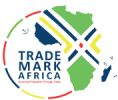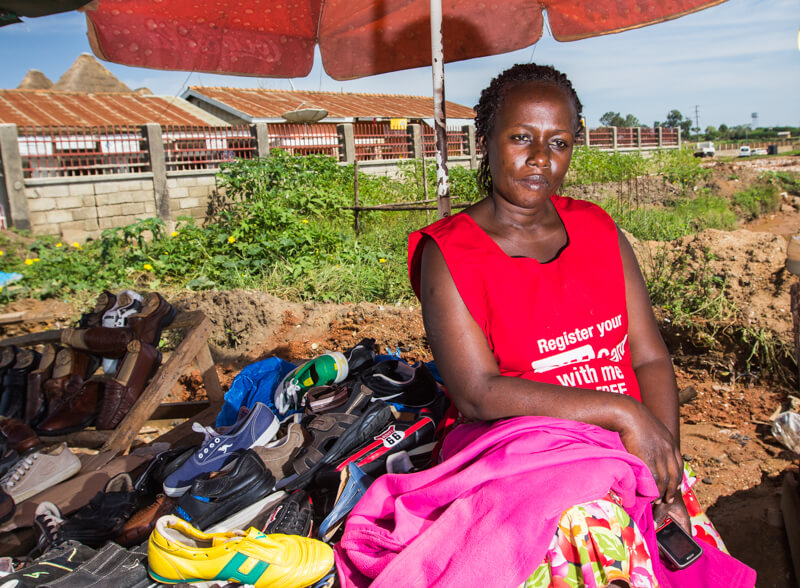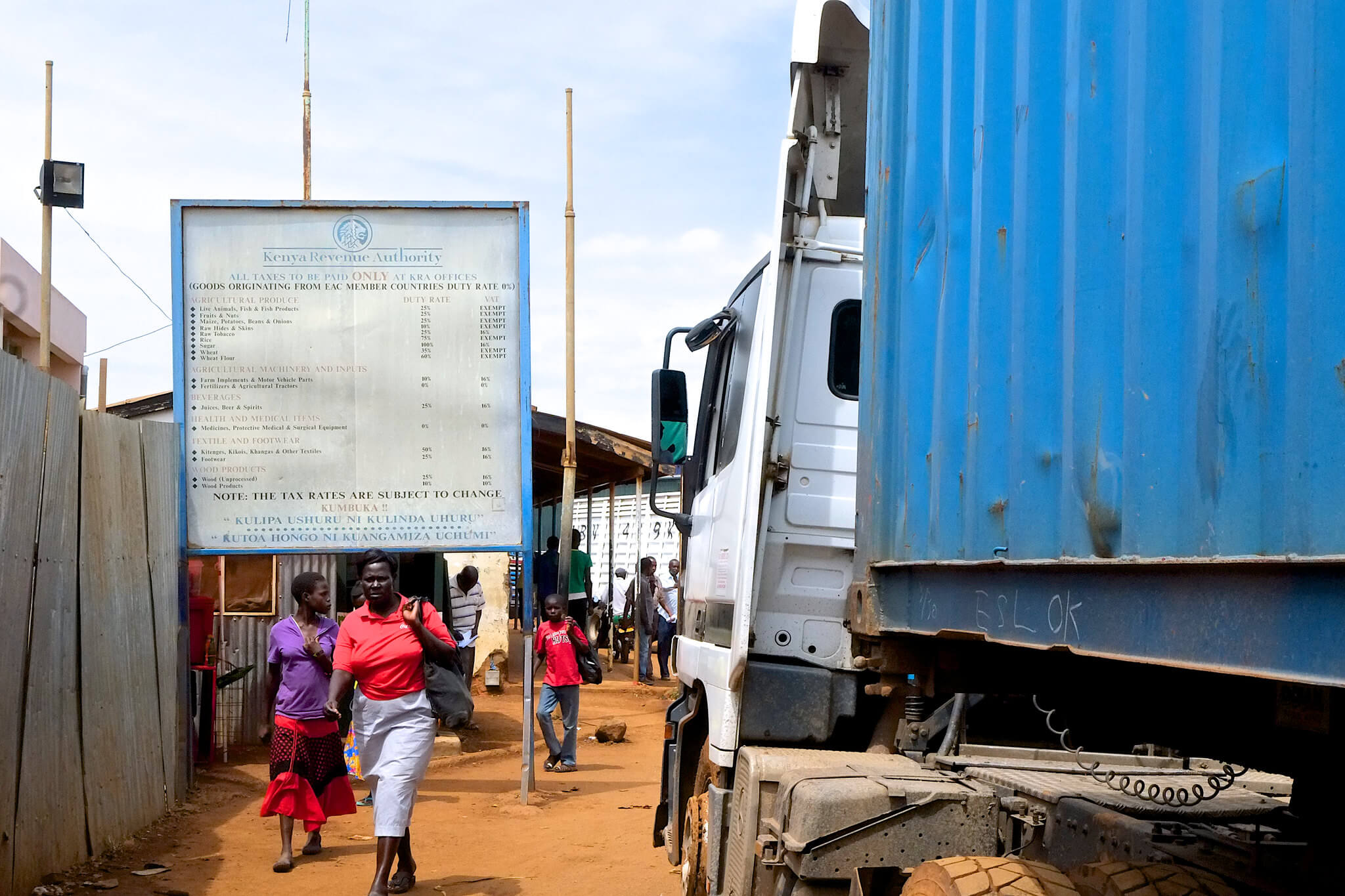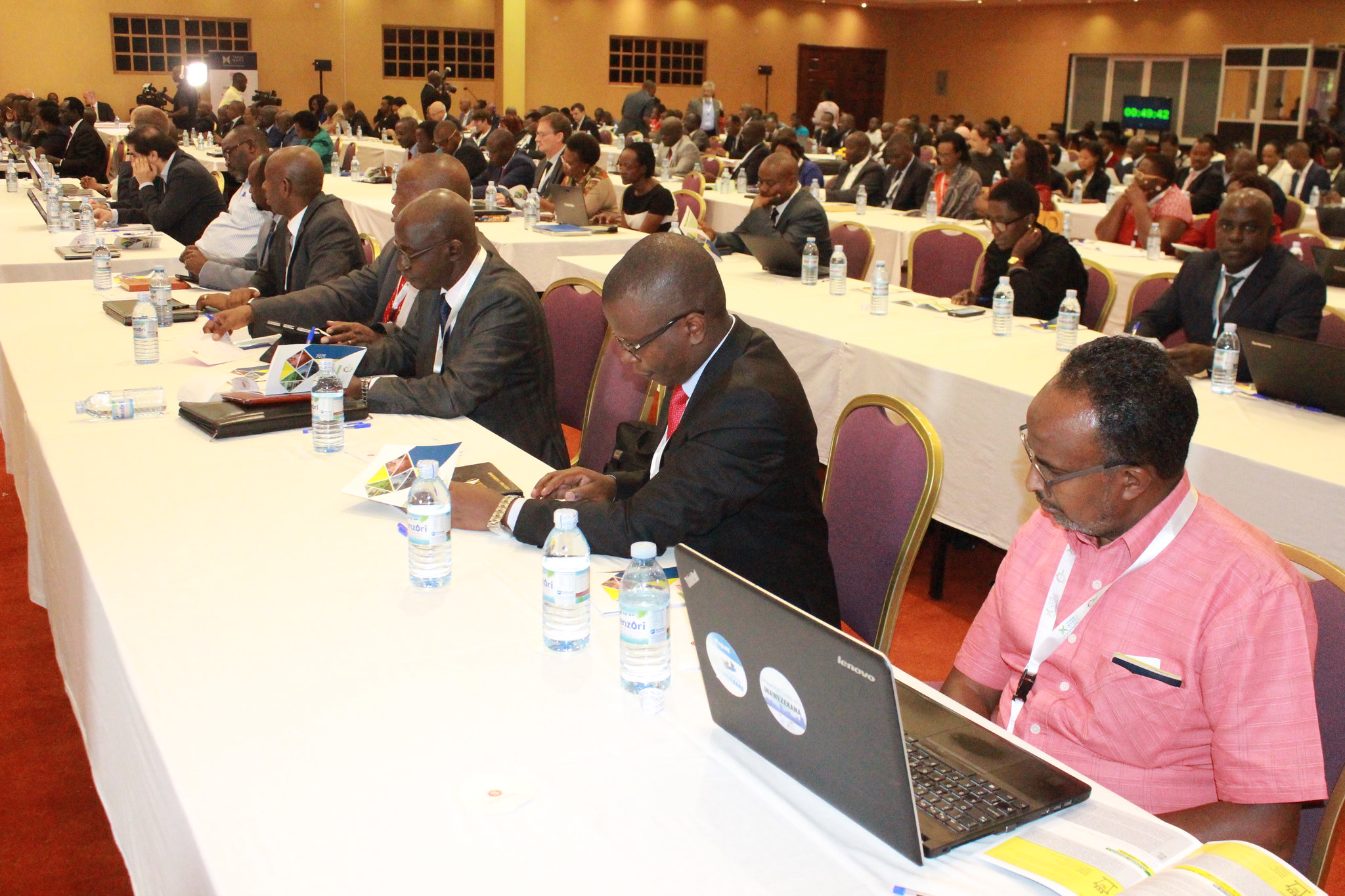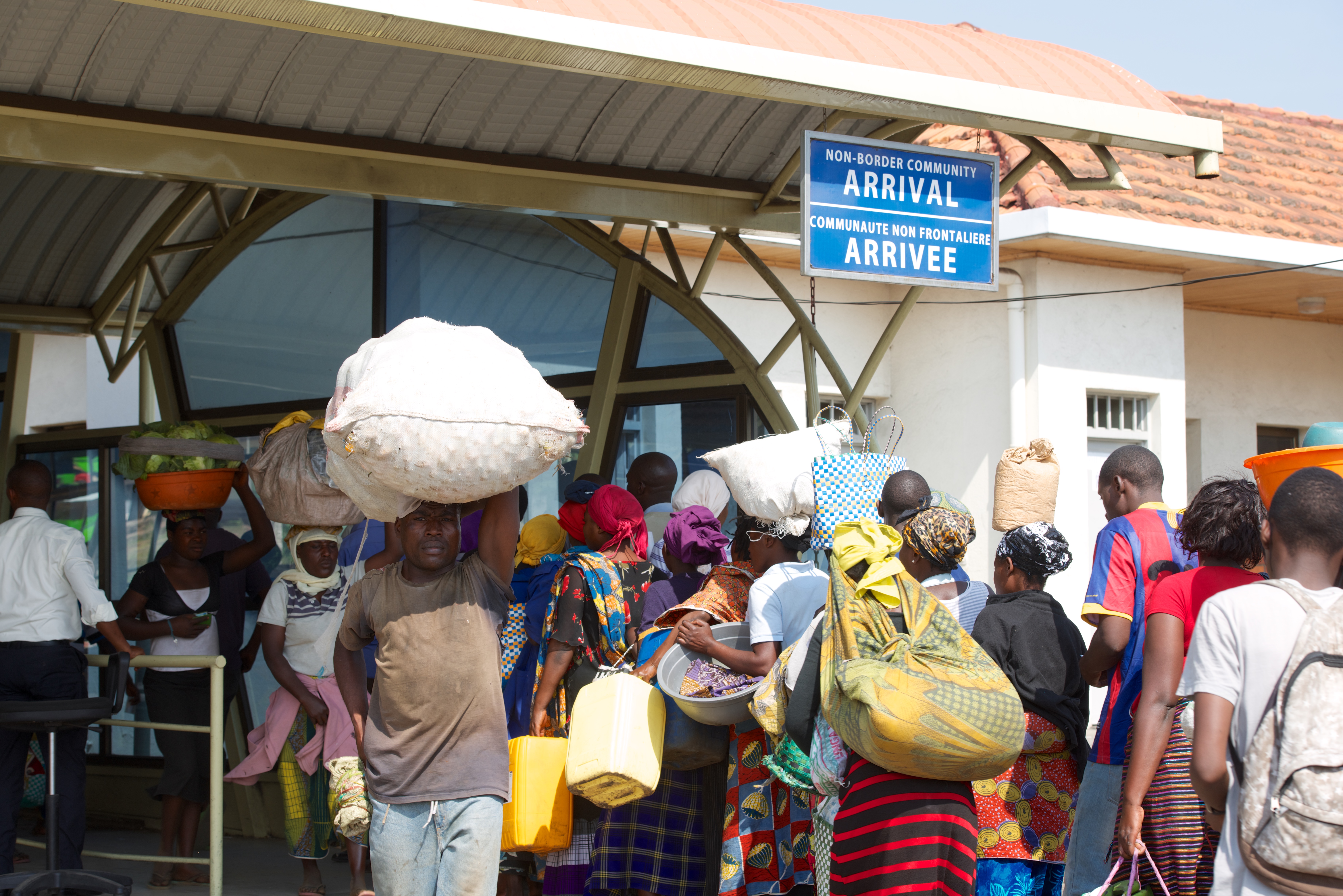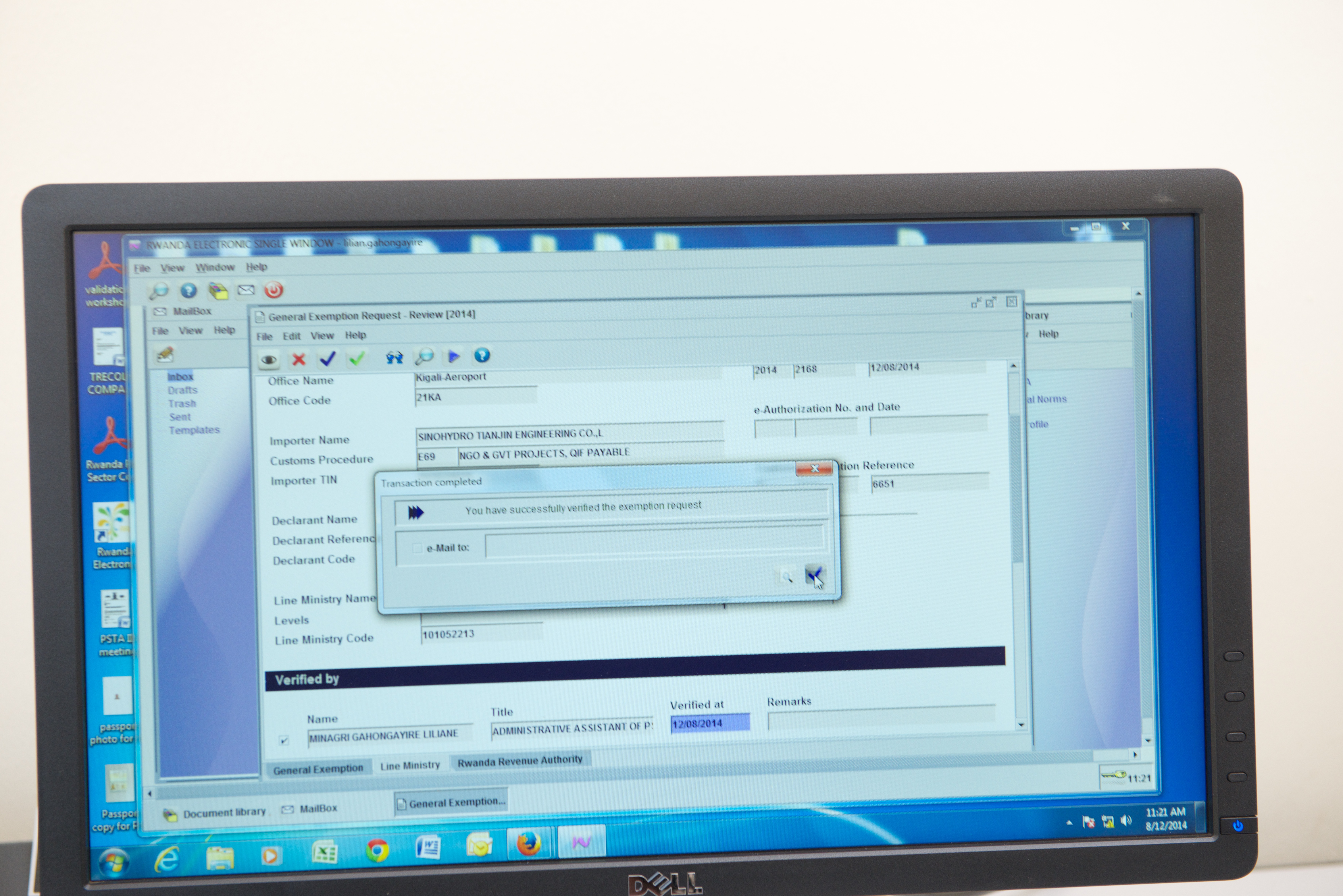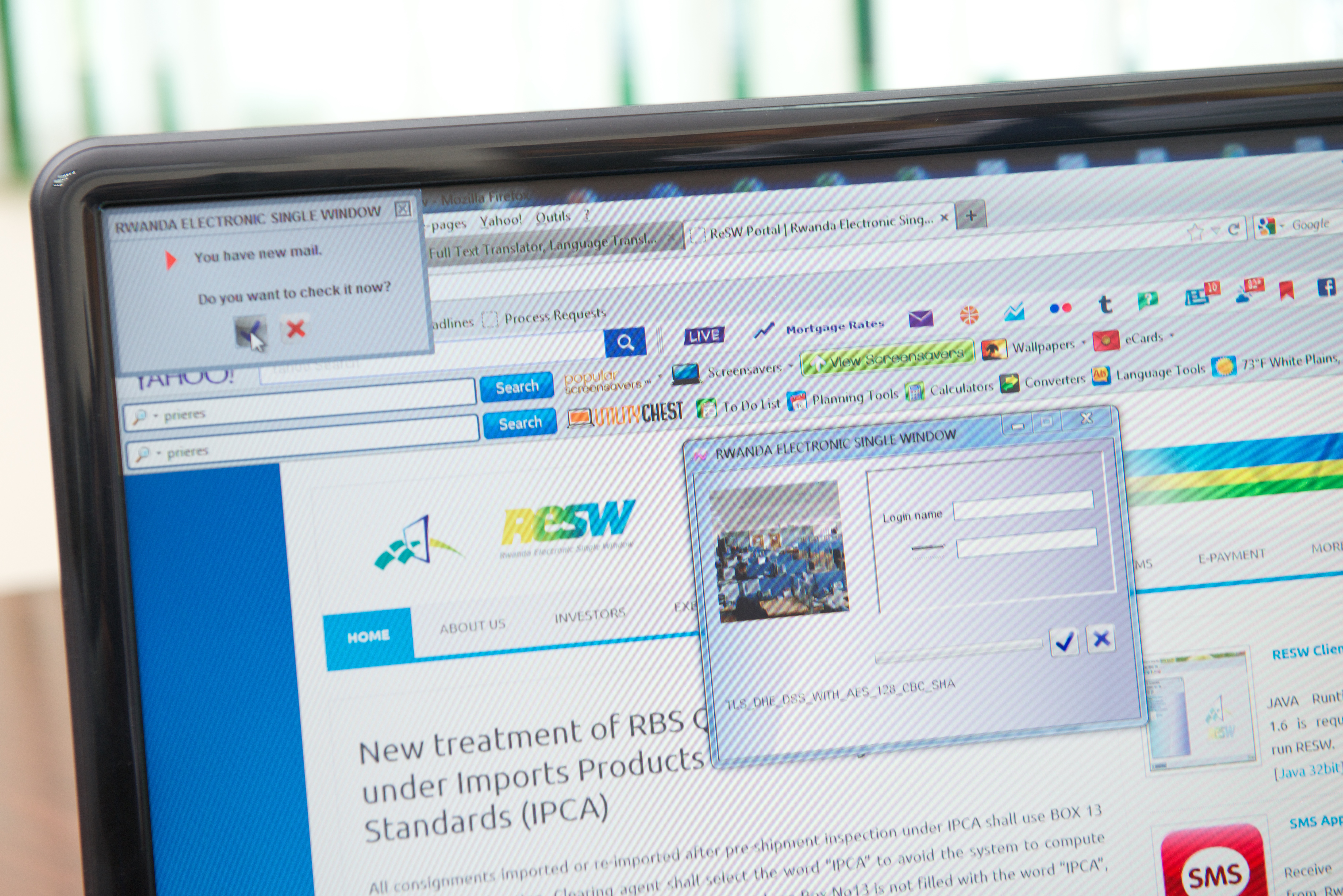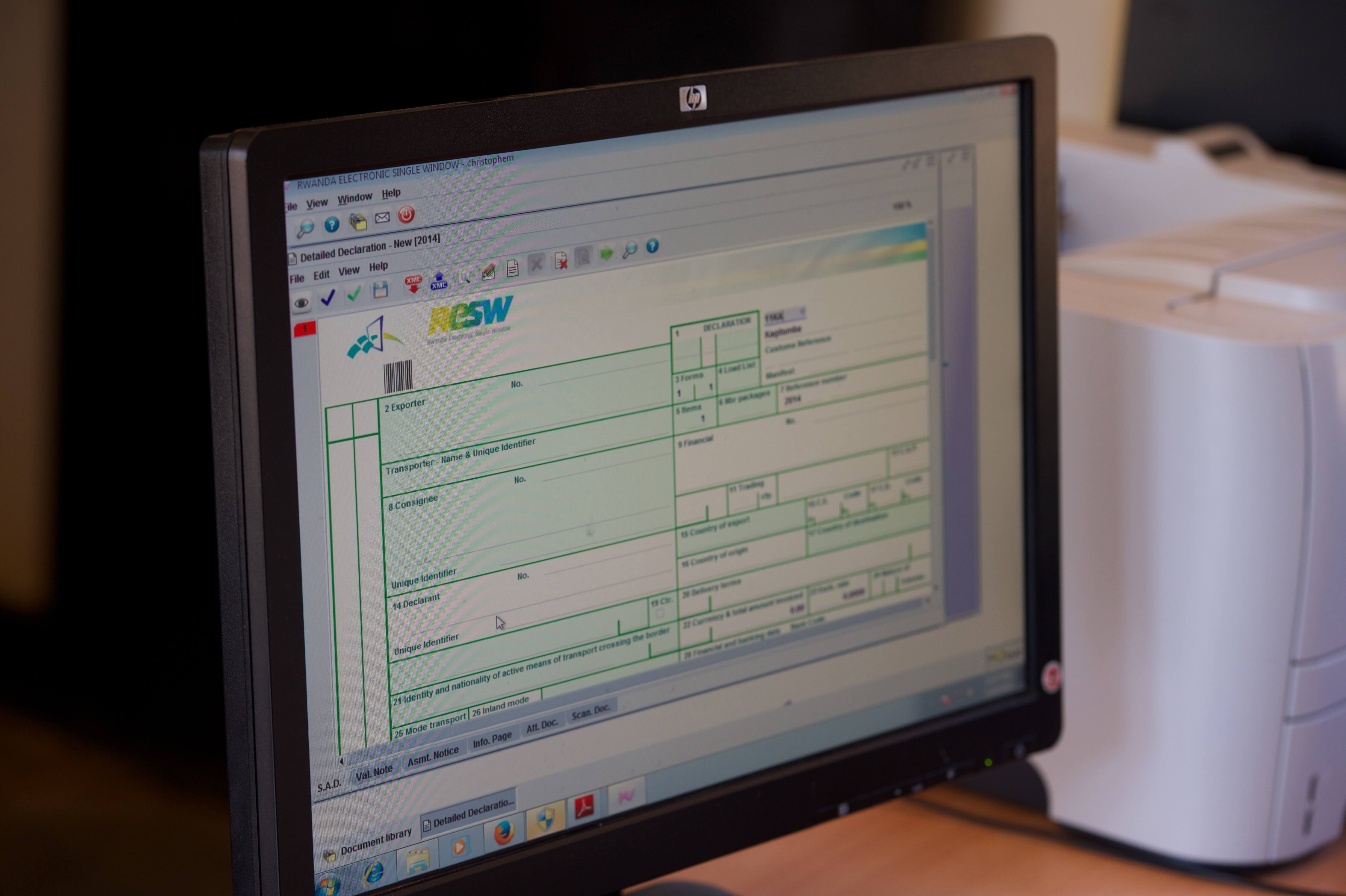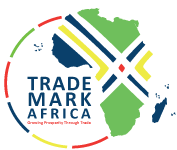Africa is at the centre of a mobile technology revolution which is already benefiting traditionally disadvantaged groups. According to interviews, SMS appears to be the most preferred means for informal traders to report NTBs. Although there exists online NTB reporting systems at the national level in Rwanda, Uganda and Tanzania utilizing SMS, as well as a Tripartite online system (http://tradebarriers.org/), these rely on sufficient awareness raising and ensuring they can be understood in appropriate local languages. TMA supported advocacy efforts have increased the number of both formal and informal traders being aware of the existence of NMCs and phone numbers of NMC representatives. The following examples were recounted in interviews: On one occasion, a woman trader had been stopped at the Rwanda border asking her to pay a bond in order to take cultural goods to an exhibition in Rwanda. Having received an SMS text, the Tanzania NMC coordinator was able to call back the woman trader (saving her airtime) and reassure her that the money going into the bond was only a tax guarantee in case she sold any goods, and if she does not, the bond would be given back to her when crossing the border back to Tanzania. The following morning, the woman trader paid the bond and successfully crossed the border to attend the exhibition. On another occasion, an NMC member supported a Ugandan trader wishing to attend an East African trade fair in Tanzania to enter the country at the Mutukula border. The Tanzania Revenue...
The SMS reporting system impacting informal traders, including women
Posted on: May 20, 2019
Posted on: May 20, 2019
